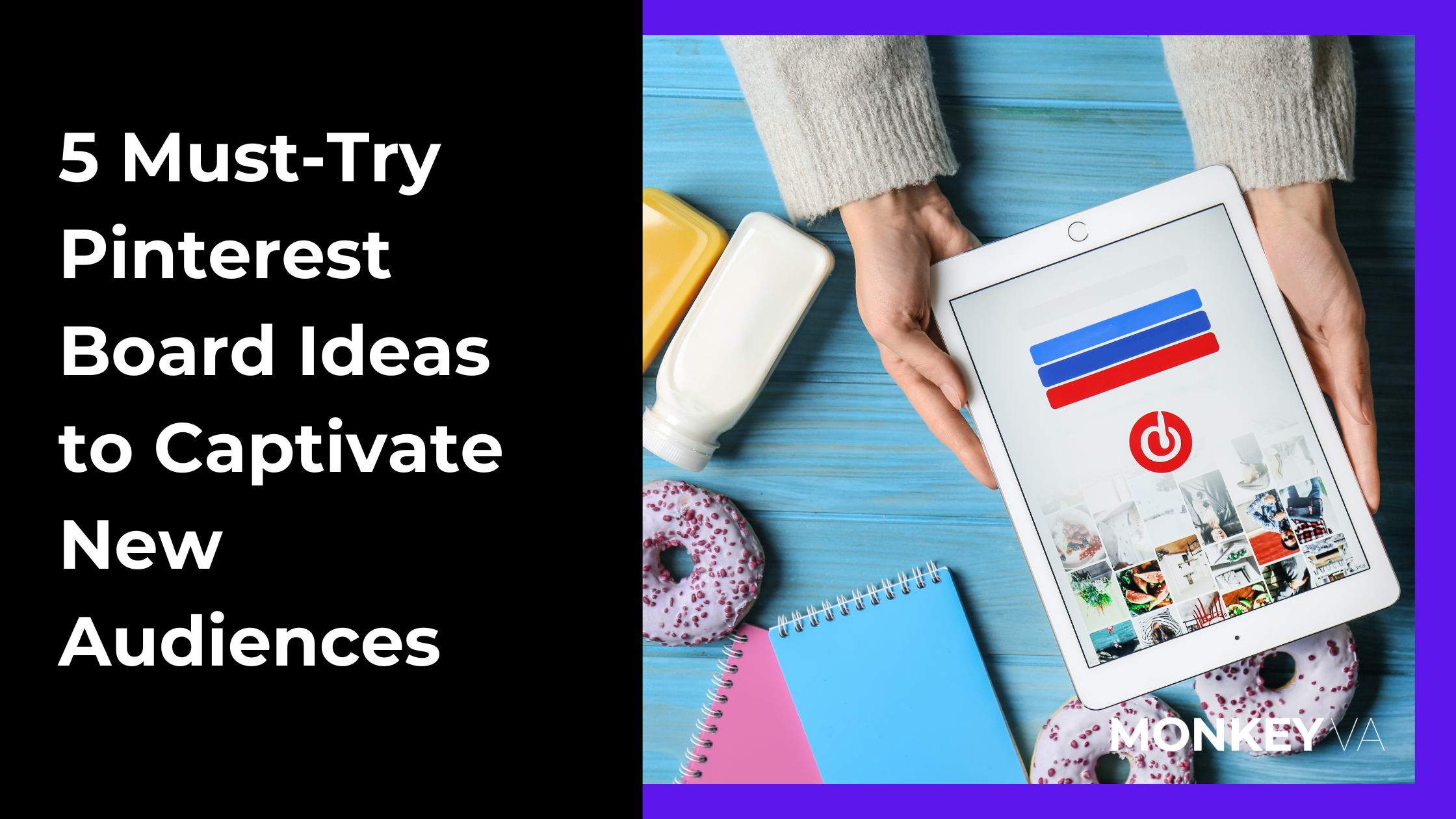Sometimes the simplest Pinterest board ideas go under the radar, making it all-too-easy to miss out on vital exposure for your business.
Table of Contents
Pinterest doesn’t receive quite as much attention as Facebook, Instagram, or Twitter, but it’s an amazing tool for driving website traffic and promoting your brand! Combining the fun and personality of a social media platform with the optimization of a search engine, Pinterest boards are the perfect place to share blog posts, products, and more.
In this guide, we’ll break down Pinterest board ideas that will help you create a professional, optimized presence that will reach your target audience. Before we get ahead of ourselves, let’s talk about what Pinterest boards are for.
What Are Pinterest Boards?
Pinterest is supposed to function a bit like a collection of digital bulletin boards where you can organize different images (along with their descriptions and links). Boards are simply the different “bulletin boards” that you have to organize those images, with each one focusing on a specific topic.
Keeping your boards well-organized with consistent, keyword-rich content will ensure that the algorithm promotes your Pins to your target audience.
Now that we’ve defined a Pinterest Board, let’s go through the five Pinterest board ideas that will keep them professional and optimized!
5 Pinterest Board Ideas to Try Today
1. Plan Your Content Across Multiple Boards
Aim for a minimum of 10 boards, try to grow to 12-15 as you progress. Make them as specific as possible while still appealing to the needs and interests of your audience.
If you operate a real estate business, for example, you don’t want one board just called “homes for sale.” You should make a board for homes in each particular neighborhood or municipality available. A nonprofit could have boards for ongoing fundraisers, upcoming events, previous projects, and volunteering opportunities. Much more informative than one board that just says “projects” or “fundraising!”
Do a little research to find out whats most popular on Pinterest in your industry, and develop your Pinterest board names accordingly. For a given topic, there are usually more than one or two good Pinterest board ideas, so remember you can pin a single piece of content to a few boards when relevant.
Don’t mix and match your personal boards with your business boards! Ideally, you should have a separate personal account and business account; if you use one account you should hide all your personal boards from public viewing. If you personally like a Pin but it doesn’t offer anything to your audience, don’t post it where they will see it.
2. Tell Your Brand Story With Descriptions
While Pinterest is associated with social media platforms like Facebook and Instagram, it’s more accurate to think of it as an image-based search engine.
That means you should think of your board and pin descriptions as though you were preparing SEO-friendly blog posts: you need to focus on relevant keywords while remaining readable and relevant to your brand story. Creative Pinterest board ideas aren’t just limited to board names and images—the more unique, specific, and industry relevant your descriptions, the more opportunities there are to connect with your audience.
A good Pin description has:
- Well-researched keywords near the top of the description.
- Your brand name in the first line.
- Proper syntax without keyword stuffing.
- Details that make the topic or product more relevant to the reader.
- A call to action.
Note that “Alt Text” is not an additional space for the kind of brand storytelling you can put in your description. This is a space to add purely descriptive text for the visually impaired who may not be able to see the image you posted and is only available to users who are using a screen-reader. It’s not a place to be smuggling in extra keywords and brand story, only use it as intended to help those readers.
3. Prioritize Quality Over Quantity (You Have A Limited Number of Pins!)
That’s right, there are only so many boards and pins that you can have on a Pinterest account. Right now, Pinterest accounts are limited to:
- 2,000 boards.
- 200,000 Pins, including secret Pins and your Pins on group boards for personal accounts.
- 50,000 user follows.
Note that these include secret boards and Pins!
200,000 Pins sounds like a lot, but if you try to promote your account by adding hundreds of Pins every day, it’ll add up sooner than you think. If you add too much all at once, you risk adding irrelevant or poorly formatted content that will hurt your optimization.
Try to post regularly, using your analytics to see which boards and Pins are performing well and when your engagement is dropping. Focus on relevant topics and optimized keywords that will match what your audience is looking for.
4. Focus on “Fresh Pins” (Even When Resharing Old Content)
“Fresh” Pins feature new images that have not been posted to Pinterest before. The URL can be the same as 100 other Pinterest posts, but if the image is original it counts as a Fresh Pin.
Because Pinterest is an image-centered search engine, the algorithm emphasizes those Fresh pins which add new content to its database. It isn’t as interested in images that have been Pinned over and over again.
When you create a new Pin promoting a blog post or product, you should consider making your own images with a platform like Canva. Even if you are starting with stock photographs, you can use visual templates to make an original image that will keep your Pins fresh.
Adding original images also means you can re-Pin older content while still keeping it Fresh! However, do this sparingly: users are quick to notice if you are reposting the same URL over and over again with no new content behind the Fresh images.
5. Use Google Analytics Instead of Pinterest Analytics
While Pinterest has its own Analytics features, they are very basic and might confuse rather than clarify. The Pinterest “Page Views” metric is particularly problematic because it counts any scroll past your Pins as a view—you can’t make meaningful conclusions about your audience’s actions with that kind of data.
What’s more, if you link Pins to your WordPress website, any clicks on the Pin will be counted as viewing your WordPress. That means accidental or casual clicks on a Pin will be added to your traffic metrics!
Luckily, you can add Google Analytics as a WordPress plugin for much more robust data. If you go to the Reports page, click on Acquisitions, then Social, and finally Network Referrals, you can accurately see how many viewers are coming from Pinterest to your WordPress site!
Interpreting this more detailed data will help you come up with new Pinterest board ideas, guided by a clear understanding of the genuine interactions you’re receiving on the platform.
More Pinterest Board Ideas
Since Pinterest is a platform based around the simple concept that users should be able to find, save, and share interesting and unique inspirational content, any changes you make to your Pinterest presence should have relevance and uniqueness as a major guiding point.



